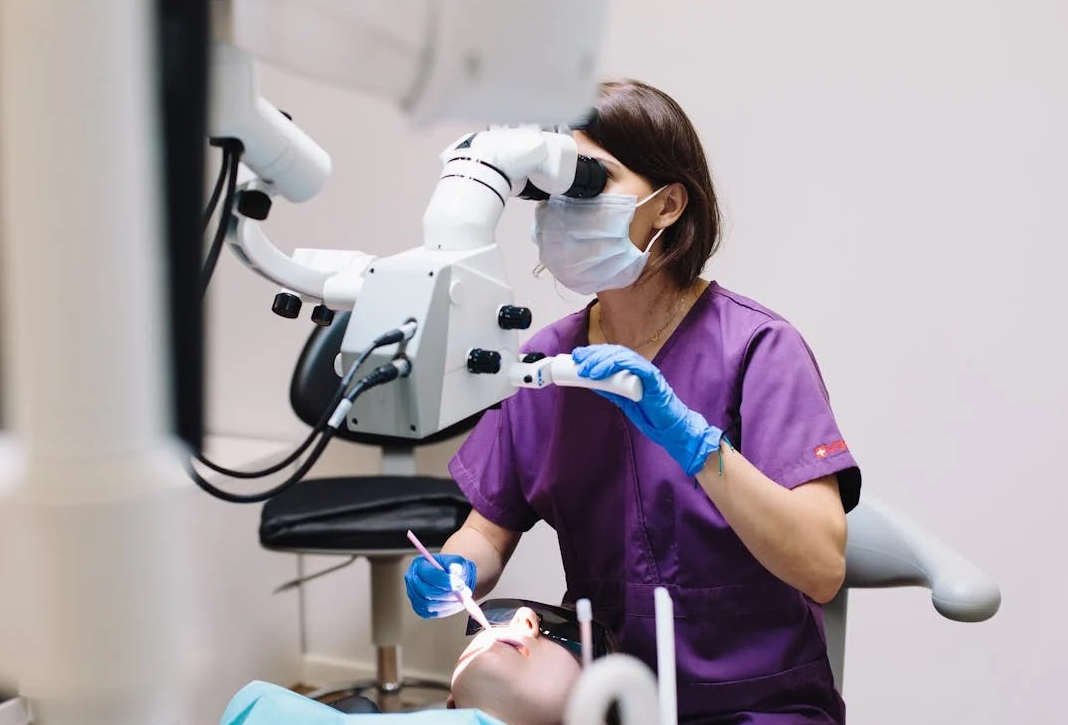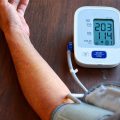Historically, BPD was thought to be more common in women than men, with early research and diagnosis patterns indicating that symptoms of BPD occurred three times as frequently in females than males. However, a more recent study reveals that the prevalence of BPD is evenly split across the sexes, even though more women are diagnosed. This gender gap can be linked to a variety of causes, including doctors’ sexist bias, hormonal impacts, socialization patterns, and cultural expectations.
Although persons of all genders can suffer a variety of BPD symptoms at varying degrees of severity, research has found that men and women present differently. For example, men with BPD reported greater rates of lifetime substance addiction and antisocial behavior than women with the condition, which could be related to men’s under-diagnosis since they come to the notice of law enforcement before receiving borderline personality disorder treatment.
Women with BPD, on the other hand, showed a greater prevalence of lifelong eating disorders as well as comorbid mood disorders such as anxiety and sadness. These findings show that male and female BPD patients had unique lifetime patterns of impulse-related illnesses despite experiencing equivalent levels of emotional distress.
Unique Challenges for Women with BPD
In addition to differences in the presentation of symptoms, women may confront unique biological and social problems related to BPD.
The Effect of Menstrual Cycles
Studies have found a link between premenstrual syndrome (PMS) and BPD. PMS symptoms come before a period and may include:
- Mood swings
- Irritation or moodiness
- Tension or anxiety
- Fatigue
- Bloating
- Breast tenderness or swelling
- Headaches or migraines
- Food cravings or appetite changes
- Trouble sleeping (insomnia)
- Libido shifts
- Joint and muscle discomfort
- Acne or skin changes
- Digestive problems, such as constipation or diarrhea
Not everyone who has a menstrual cycle experiences these symptoms in the same way (or at all). However, PMS can interact with mood disorders like depression, anxiety, and BPD, exacerbating symptoms in a condition known as premenstrual exacerbation (PME).
Women with borderline personality disorder who are receiving medication frequently suffer longer menstrual cycles and higher mood changes relating to different stages of the menstrual cycle.
The interplay between PMS symptoms and those of mood disorders such as BPD can be difficult to navigate, which is why it is critical to communicate all relevant information with your doctor so that it can be considered during therapy.
Stigma & Stereotypes
Unfortunately, women with BPD often encounter tremendous stigma and prejudices from both the medical establishment and society as a whole. They may be erroneously branded as attention-seeking, manipulative, or unstable, creating damaging stereotypes about the condition. Stereotypes of women as too emotional can lead to the label “BPD” being improperly used to invalidate legitimate complaints.
These preconceptions can lead to misdiagnosis, insufficient treatment, and social isolation among women with BPD, worsening their misery and impeding their recovery. It is critical that you do not let sexism or the social stigma associated with BPD prevent you from seeking treatment.
Treatment Options for BPD
While BPD can be difficult to live with, it is treatable, with various treatment options available for anybody seeking respite from their symptoms, including:
- Talk therapy, particularly dialectical behavioral therapy (DBT), a technique that specializes in assisting people who experience extreme emotions, has been shown to be useful in treating BPD symptoms.
- Antidepressants, antipsychotics, and anti-anxiety drugs may be administered for BPD based on the patient’s symptoms. It is important to note that drugs are not one-size-fits-all, and various people react differently to different types and doses of medications, so it may take some time to determine what works best for them.
- Transcranial Magnetic Stimulation (TMS) is a non-invasive, drug-free therapy in which a head-mounted device stimulates certain parts of the brain involved in mood control. TMS can help reduce symptoms of depression, anxiety, and emotional dysregulation associated with BPD by “resetting” the brain’s neural connections. TMS has been shown to benefit BPD patients and is an option for those who have not found relief with medicines.






































No Comments